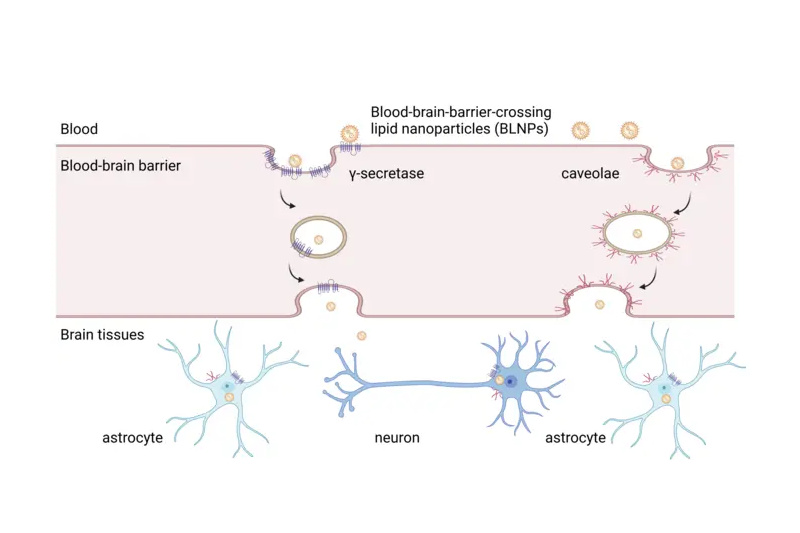

Coronary artery disease (CAD) is one of the major killers in Western societies. Recently, mutations in a gene called MEF2A on chromosome 15 were reported to be causative of premature CAD. The authors of the report failed to find the mutation in a large number of control individuals and thus concluded that the MEF2A mutation was the cause of the CAD. Only a single family was observed to carry the putative mutation, however.
A new study appearing in the April 1 print issue of The Journal of Clinical Investigation overturns these findings. Len Pennacchio and colleagues from Lawrence Berkeley National Laboratory have sequenced the MEF2A gene in about 300 patients with premature coronary heart disease and fail to find any causative mutations.
The researchers do find the precise mutation (a 21 base pair deletion) that was previously reported to be causative of CAD, but in this new JCI study, this mutation was found in three control subjects who did not have CAD or any other coronary heart disease. Thus, the studies demonstrate that MEF2A mutations are not common cause of heart disease and suggest that another one of 93 genes in that area of chromosome 15 was responsible for heart disease in the original family. These data question the role of MEF2A in CAD.
In an accompanying commentary, David Altshuler and Joel Hirschhorn write, “the genetic evidence available to date does not demonstrate that these mutations play a causal role in CAD in humans….These [new] studies remind us that replication and multiplicity in human genetic research are critically important.”















